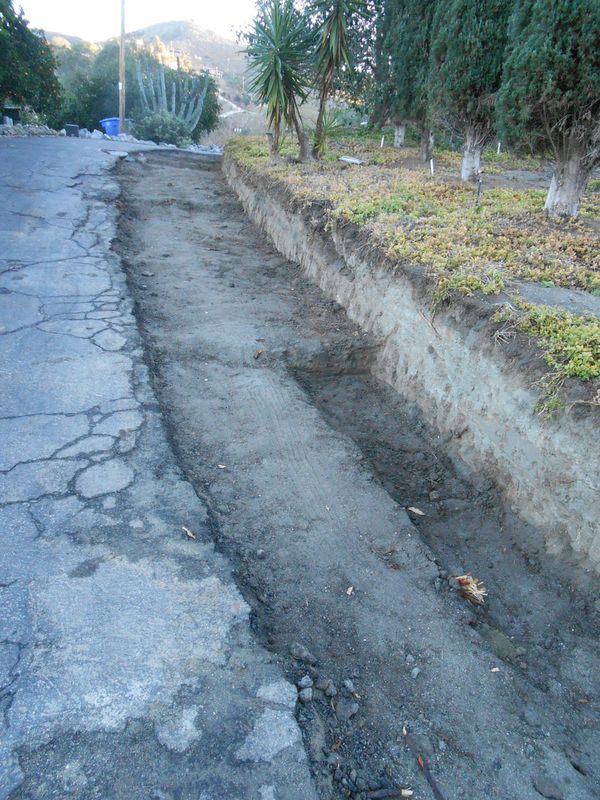mfrench
Addicted Member
I've got an asphalt driveway in need of some attention. We had a friend who does this stuff give us a bid, and he suggested that it might run upward of $6k to do a complete overlay (about 175' x 12' wide). Too rich for our blood.
So, I got to thinking,.... I do a lot of handyman stuff, and started to wonder about doing some patch-in repair by myself.
I guess at this point, my main question is; Has anybody here done this kind of thing?
And a followup.... Will a weighted roller be enough to compress/compact the asphalt?
I'm thinking about one of those water rollers like you might use for compacting soil for sod application, and sod compressing.
I'd rather not go to the expense of renting a heavy piece of equip't like motor powered asphalt roller.
I also have a plate compactor and 70b jackhammer at hand. But I cannot imagine it doing a very even job of surface finishing.
We do have an asphalt plant fairly near us, so getting hot asphalt is possible.
Anybody?
Thanks in advance.
So, I got to thinking,.... I do a lot of handyman stuff, and started to wonder about doing some patch-in repair by myself.
I guess at this point, my main question is; Has anybody here done this kind of thing?
And a followup.... Will a weighted roller be enough to compress/compact the asphalt?
I'm thinking about one of those water rollers like you might use for compacting soil for sod application, and sod compressing.
I'd rather not go to the expense of renting a heavy piece of equip't like motor powered asphalt roller.
I also have a plate compactor and 70b jackhammer at hand. But I cannot imagine it doing a very even job of surface finishing.
We do have an asphalt plant fairly near us, so getting hot asphalt is possible.
Anybody?
Thanks in advance.






